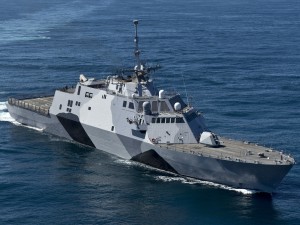Mideast Security and Policy Studies No. 109
This booklet is available in Hebrew and English. To order a hard copy, Contact Us and provide us with your mailing address
For centuries, the Mediterranean Sea was the main arena for international interactions, before it was replaced by the Atlantic Ocean and subsequently by the Pacific. Nevertheless, as the historical meeting place between East and West, the East Mediterranean was the focus of significant superpower competition during the Cold War and still has strategic significance. Indeed, the East Mediterranean is an arena from which it is possible to project force into the Middle East. It is the location of important East-West routes such as the Silk Road and the Suez Canal (on the way to the Gulf and India). In addition, the region is the focal point for many important international issues, with radical Islam, international terrorism and nuclear proliferation embedded in its regional politics. This article initially reviews the breakdown of the Pax Americana in the 21st Century in the Eastern Mediterranean and the emerging strategic landscape with the transformation from a unipolar to a multi-polar subsystem. Subsequently, the article analyzes the strategic implications of this new predicament: Increased Russian presence and Turkish activism, the potential for more terrorism, increasing conflict over energy, and the emergence of a Cypriot-Greek-Israeli axis. The erosion in the statist order along the shores of the Mediterranean brings to the forefront Islamic forces that add a civilizational dimension to the discord in this region. The article concludes with a review of the ramifications of the developing situation for Israel and with several policy recommendations.
(Photo Credit: Wikipedia Images)


